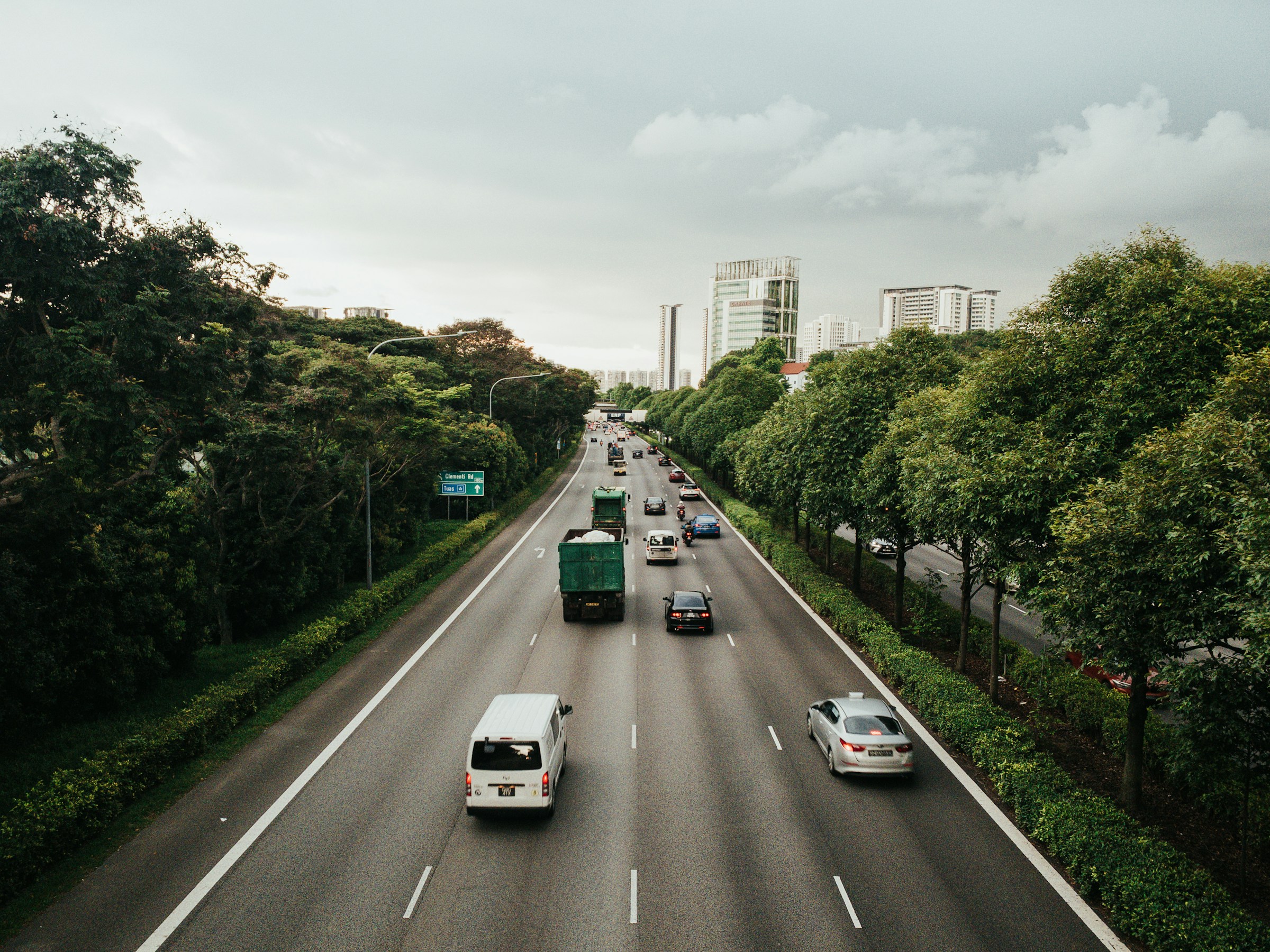The Land Transport Authority will lift Electronic Road Pricing by S$1 at five locations from Sept 1, following a July review that found heavier build-ups on key expressway stretches. The pricing change is narrow in scope but clear in intent. It reasserts Singapore’s willingness to use price to defend peak-period speeds, rather than rely on exhortation or incremental lane management alone.
The adjustments concentrate on known pinch points. On the Ayer Rajah Expressway after Jurong Town Hall toward the city, the morning peak from 7.30 am to 8.00 am rises to S$4. On the AYE after North Buona Vista toward Tuas, the evening peak sees S$3 from 5.30 pm to 6.00 pm and S$2 from 6.30 pm to 7.00 pm. The Central Expressway southbound before Braddell Road moves to S$3 from 8.00 am to 8.30 am. On the northbound CTE after the Pan Island Expressway, motorists will pay S$4 from 6.30 pm to 7.00 pm and S$3 from 7.00 pm to 7.30 pm. The PIE at Kallang Bahru and the slip road into Bendemeer comes in at S$3 from 8.30 am to 9.00 am. Where multiple gantries sit within a location, motorists pay only once. The rest of the network is unchanged.
This looks like a granular traffic intervention. It is also a policy reinforcement exercise. Singapore targets an optimal expressway speed band of roughly 45 to 65 kmh during peak periods, a range that preserves throughput and reduces the probability of flow breakdowns that cascade into wider congestion. LTA’s note that northbound CTE and southbound Kallang Paya Lebar Expressway speeds have been persistently below that band is the operative signal. Price needs to bite where engineering and enforcement alone cannot restore flow.
The timing choice matters. A S$1 lift at selected peaks is calibrated to influence marginal trips rather than penalize necessary ones. Commuters with temporal flexibility are nudged to depart earlier or later. Ride-hailing platforms can rebalance driver positioning to avoid toll-heavy windows, while fleet operators can retime dispatches that are not service-level constrained. By focusing on half-hour and hour windows, the authority maximizes behavioral elasticity and minimizes blunt revenue capture optics.
There is a distributional angle. ERP charges are regressive in isolation, but Singapore’s transport design reduces that burden through credible substitutes. Extensive mass rapid transit coverage and real-time bus priority corridors give commuters options when peak car travel becomes more expensive. Over time, pricing that keeps expressways fluid can also lower the external costs borne by households and firms, including lost time, variable fuel burn, and unreliability in delivery schedules. In other words, a narrow increase can still be welfare consistent if it rescues network performance where it is most fragile.
The change also interacts with corporate operations. Logistics players calibrate route choice and departure times to serve service level agreements that often penalize lateness more than they reward earliness. A S$1 differential will not move mission-critical loads, yet it will push non-urgent movements out of the tightest windows. Over a month, those micro shifts compound into better lane density and more predictable cruising speeds. Ride-hailing and private-hire operators, meanwhile, pass through part of the cost via dynamic fares, but they also benefit when improved speeds lift trips per hour. The system therefore transfers some cost to users while returning value through higher reliability and asset productivity.
Historically, Singapore has alternated between easing and tightening ERP bands as travel patterns evolve with new housing clusters, business parks, and road works. The latest step belongs to the tightening phase. It arrives after a period in which several gantry rates were held steady, while latent demand rebuilt in corridors that funnel commuters into core employment nodes. The selective approach avoids a general hike that would have punished corridors operating within target speeds.
There is a governance signal in the monitoring language. LTA notes it is closely watching the northbound CTE and southbound KPE, where observed speeds have stayed below the optimal range. In practice, that means a readiness to iterate again if this round does not restore the corridor to target. The authority prefers frequent, modest recalibrations over infrequent, large changes. That preference is prudent in a city with high elasticity pockets and abundant substitutes. It also protects policy credibility by linking charges to observable outcomes, not fiscal objectives.
The broader system logic remains intact. Road pricing in Singapore is not a fiscal tool that seeks to maximize revenue. It is a network management instrument that prices scarce peak-period capacity, then relaxes where speeds recover. That conditionality is essential to public acceptance. It ties the burden to the benefit: drivers pay more when they impose higher congestion costs on others, and they pay less when their travel no longer degrades the network.
There are limits. Pricing can shift departure times and compress discretionary trips. It cannot manufacture new right-of-way or erase the effects of major incidents. Nor can it compensate for land use patterns that load too many commuters onto the same corridor at the same time. The steady extension of public transport capacity and the continued decentralization of jobs remain the structural answers. Within that larger project, targeted ERP moves keep the system resilient.
So what does this round signal. First, the state will defend peak-period performance at identified bottlenecks even when the increments look small. Second, calibration will stay dynamic, with subsequent reviews likely if speeds fail to rise into the 45 to 65 kmh band on the corridors flagged. Third, the policy anchor remains clear: pay to use scarce peak capacity, and expect relief once speeds normalize. The adjustment may be modest, but the posture is unmistakably firm.
For readers tracking policy consistency, label this as continuity with a touch of resolve. The Singapore ERP rate increase is narrow by design, targeted by data, and reversible by outcome. Markets will absorb the tweak. Network users will notice the signal.










.jpg&w=3840&q=75)




